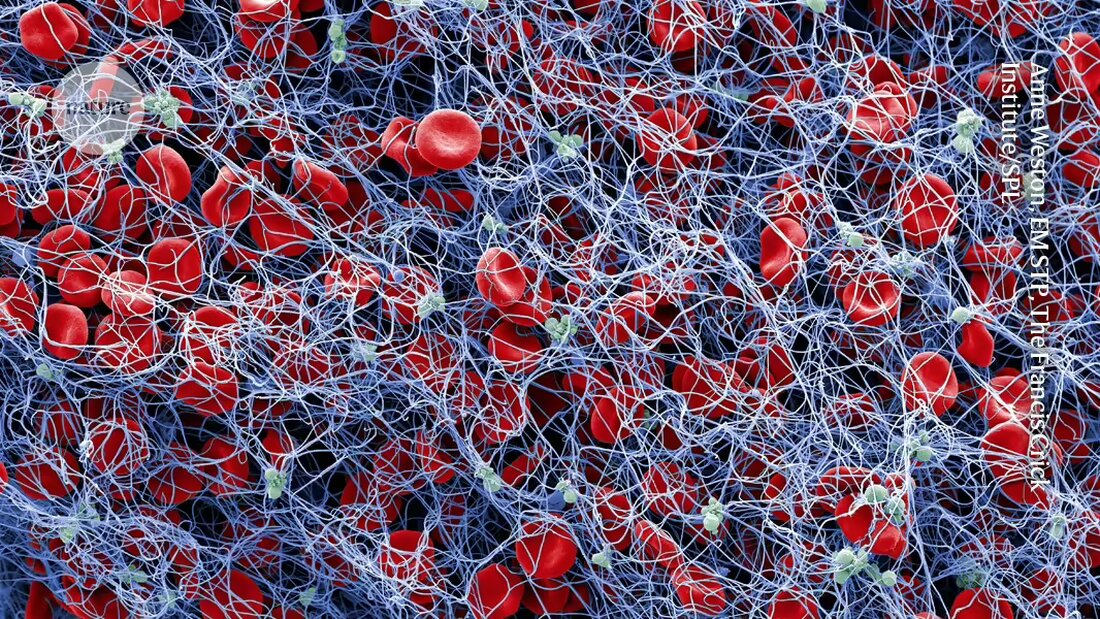Neural Tourniquet: Effectively stop bleeding through nerve stimulation
Chicago researchers are developing a novel 'neural tourniquet' technique to stop bleeding through nerve stimulation that is showing promising results.

Neural Tourniquet: Effectively stop bleeding through nerve stimulation
Chicago, Illinois
Forget gauzes and bandages: electrical stimulation near the ear could help reduce bleeding. Researchers hope that one day this technique will be used before surgeries, Births and other events that pose a risk of dangerously uncontrolled bleeding, can be used.
The treatment, called a “neural tourniquet” by the creators, increases the activity of Platelets, which are cell fragments that form blood clots, according to preliminary results presented at the Society for Neuroscience 2024 conference.
“Anyone who has worked in an emergency room or operating room knows how cruel it can be to lose someone to hemorrhage,” says Jared Huston, a trauma surgeon at the Feinstein Institutes for Medical Research in Manhasset, New York, who helped develop the treatment. “Bleeding can cause death much more quickly than sepsis.”
The heavy burden of bleeding
Uncontrolled bleeding results in approximately 60,000 deaths annually in the United States 1. To reduce this number, Huston and his colleagues are developing a treatment that Vagus nerves which are large networks of nerve fibers that connect the body to the brain. Despite its name, the treatment does not work like a typical tourniquet that blocks blood flow to injured limbs. Rather, the electrical impulses help to stimulate the spleen, which stores about a third of the body's platelets. The stimulation prepares the platelets to form a clot.
To test the treatment, researchers made small cuts in the ears of healthy pigs 2. Compared to animals that received no treatment, the treated pigs lost 50% less blood and the duration of their bleeding was 40% shorter.
The team also tested the treatment on mice Hemophilia, a disease in which the blood does not clot properly, and found similar results 3. The experiment also suggested how nerve stimulation achieves these results: It increases calcium uptake by platelets in the spleen, making them ready to release their contents when they reach an injured blood vessel. Both processes are crucial for coagulation.
Slow activation of platelets
The timing of the treatment could be a problem: platelets were most active two hours after stimulation - which could make the device impractical in an emergency. Huston continues to analyze data on whether the treatment could lead to excessive blood clotting elsewhere in the body, but he says nerve stimulation has been used safely for decades, which gives him no cause for concern.
Additionally, it is unclear whether the increased stability of clots actually leads to reduced bleeding in people, says Svetlana Mastitskaya, a cardiovascular neuroscientist at the University of Bristol, UK. “It would be nice to see a visible effect of the intervention,” she says.
Huston responds that studying bleeding time and volume in humans is more difficult than in animals because of ethical concerns about intentionally harming humans. Still, it may be possible to determine the effectiveness of treatment by studying people with hemophilia or those undergoing surgery.
Researchers are also testing the device in women with type 1 von Willebrand disease, who often experience excessive menstrual bleeding and can lose up to a liter of blood during menstruation, says Navid Khodaparast, chief scientific officer of Spark Biomedical. Participants receive one hour of stimulation twice daily to reduce their bleeding. The results are still pending, he says.
-
Cannon, J. W. N. Engl. J. Med. 378, 370–379 (2018).
-
Czura, C.J. et al. Shock 33, 608–613 (2010).
-
Bravo-Iñiguez, C.E. et al. Nature Commun. 14, 3122 (2023).

 Suche
Suche
